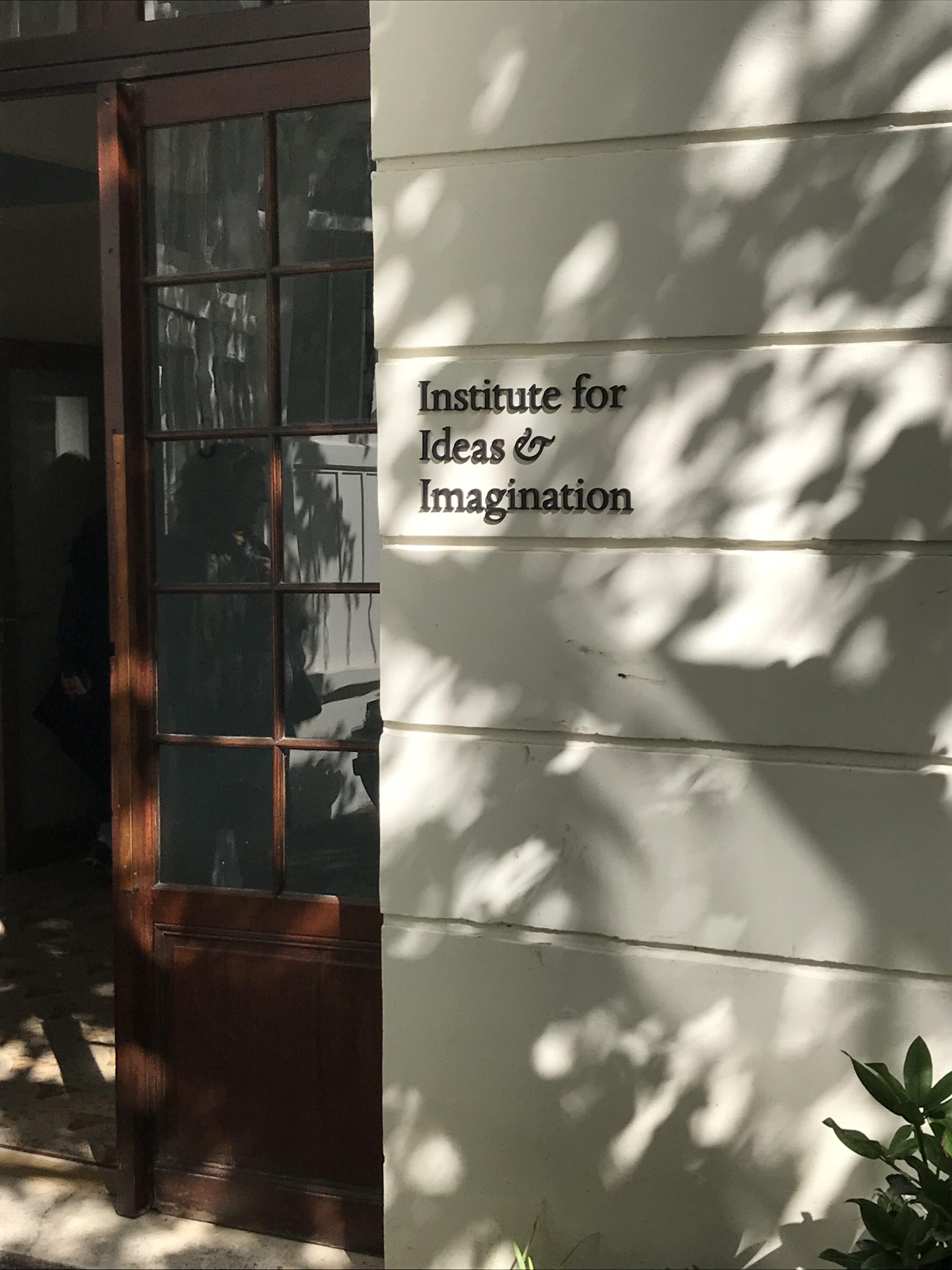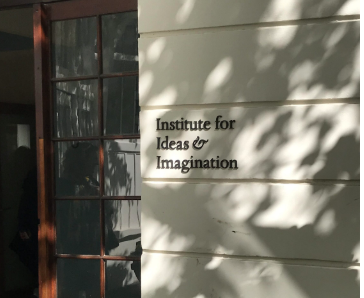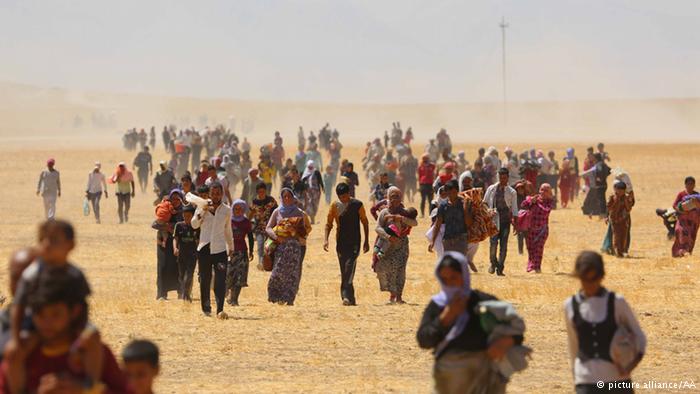
By Pablo Ouziel, Post-Doctoral Fellow and Canada-Europe Dialogue Manager at the Centre for Global Studies
Reflections on the International Colloquium at the Institute for Ideas & Imagination
I am posting these reflections following my participation in the International Colloquium on Public Space Democracy at the Institute for Ideas and Imagination, Columbia Global Centers-Paris (7th and 8th of June 2019). The École des hautes études en sciences sociales (EHESS), Nomis Foundation and the PublicDemoS team put on an amazing colloquium. Bringing to a close a three-year project directed by Nilüfer Göle, this public event brought together academics, artists, museum executives and art curators from multiple countries and disciplines. Through this gathering, together we explored the numerous ways in which Public Space allows for the appearance of actors and for manifestations of cultural differences.
This two-day multilogue, facilitated through four different panels – dealing with public space, visibility and agency, memory and publics, and art and norm conflicts – crystalized the severity of the crises democracies are facing across the globe. Equally important, it revealed the multiplicity of ways in which different people are presenting their diagnostics of the crises and their different suggestions on how to approach them.
Below I want to present just a few of the ideas presented by some of the speakers. There were many more presenters but I will only focus on those whose ideas are deeply related to my own work and on whose talks, I took good notes. I think of these summaries, as snippets into the thinking of different participants that might inspire people to read more of their work related to democracy and the public space:
Nilüfer Göle, Directrice d’études at the EHESS, opened the discussion inviting us to reflect on the three years of research, in which eight different groups have been meeting in Paris’ EHESS to discuss different aspect of the public demos. Her first reflection was on the fact that the imaginary of the public space is not unique to the West. As we have witnessed with the occupation of public spaces, this is an imaginary of shared family resemblances which has gained traction across the globe. For Göle, these square occupations reveal a politics of appearance. They are about occupation and habitation, and about facilitating a mixing of the population. As she puts it, “in the squares there was a joy in the heterogeneity of the encounter.” Following from this, and adding layers to her reflections on the public demos, Göle pointed to the physicality of the public space and the created accommodations generated by square occupations. Finally, she passed the microphone to the speakers with a thought on the importance of understanding how these movements make us think politics differently.
Craig Calhoun, Professor of Social Sciences at Arizona State University, gave a talk in which he expanded and challenged public spaces and their relationships to democracy. He warned about the danger of over identifying democracy with the visible mass, and although acknowledging the importance of public gatherings, he asked himself which people where actually gathering. This made me think of the need for understanding square occupations as demoi rather than the demos; as the ‘people’ cannot be in the square all at the same time. Having said this, Calhoun did speak to the importance of the experiential sense of being the people and was also clear about the part different demoi played in putting things on the agenda. Nevertheless, he reminded us of the fact that democracy does not make the society as society exists prior to the formal establishment of democracy. Following from this, he spoke of the change in scale our societies have undergone. Although most people attribute this change to globalization, he points out that in reality the scale has changed because of large corporations which before did not exist. Finally, in regards to the occupation of public space to protest, he spoke of a new geography being created and new infrastructure being used as people gathered. This he pointed out is completely related to ‘urban-ness’ and as he puts it, has a strange sense of public centeredness reminiscent of the parades of Kings.
Charles Taylor, Emeritus Professor of Philosophy, McGill University, described the 18th century public sphere / the Habermasian idea, today finding itself in great danger. According to Taylor, the public sphere is fracturing in this great crisis as declining social mobility leads to it breaking down. A disconnect between leaders and citizens and a dumbing down of political concepts might be making people think that Trump like figures will make their lives better. Nevertheless, it could also be that there is simply a deep sense of a lack of hope. This, he attributes to the meta-topical sphere being disconnected from the problems people face in their lives. Linking this to public gatherings in a spirit of protest, Taylor asks what kind of gatherings can have a positive effect. To this question, he responds by suggesting gatherings in which a sense of solidarity is created by people enacting diverse citizenship.
Dilip Gaonkar, Professor in Rhetoric and Public Culture at Northwestern University, spoke of the politics of protest. Why is there so much protest? He asked. According to Gaonkar, the history of human society has been the quest for social justice, for the good life. Nevertheless, people only get to choose an unequal society that might treat its downtrodden a little bit better; still unequal, but possibly better. For this reason, for Gaonkar, the rapid social changes our societies are undergoing obviously lead to protests. With people at the bottom suffering more than the people in the middle and the top, there is an increase in conflict. Due to this, there is a pervasiveness of protest everywhere. Yet, as Gaonkar reminded us, protest is pre-democratic. Protests, strikes and demonstrations happened in pre-democratic societies. The history of protest proceeds the history of democracy; this is something Gaonkar highlights as worth keeping in mind. At the same time, for Gaonkar the political crowd is constituted by people who have learned to be in a crowd by being in non-political crowds. As he suggests, there is a complex economy of the crowd which requires deep analysis. What is clear for him, nevertheless, is that molecular protest is going on all over the world. People everywhere are mobilizing against fuel and food price hikes. What is important to note about these mobilizations, according to Gaonkar, is that their spaciality and temporality signal to our present as the molecular moment. As politicians think and plan for the end of the world, people all over the planet are thinking about making it to the end of the month. As Gaonkar points out, the oppressed have a different temporality. This said, in order to radically democratize our societies, we require a shift from the politics of speaking towards a politics that puts the inarticulate at the center of politics.
Erdag Aksel, Professor of Art at Sabanci University, gave a very provocative talk in which he asked the following question: “Who decides on the public art which fills streets and squares across the globe? For Aksel, public spaces need people more than they need art. For him, art in public spaces is an imposition. Therefore, our societies need to reflect on the permanence of public art work on our streets. Perhaps, as Aksel suggests, by not forcing people to see art, emptiness becomes the alternative. In a gallery, the statue invites to be seen if people want to see it, this is very different to a statue in the city square or a roundabout. In the latter case, the statue tells you that you have to live with it even if you do not want to. For Aksel, democracy is not an object of art. For this reason, art may not be democratic or for the people. Why, then, should our societies force art on the public demos? This seems to be Aksel’s most pressing question; his challenge to all of us. Suggesting that emptiness might be the breathing room we need in public spaces, he asks, can something be called art just because an artist, did it?
Parand Danesh, PhD candidate at CESPRA, EHESS, presented to the group on the subject of martyr iconography in post-war Iran. In her talk, Danesh reflected on the founding myth of the holy war, the vain and violent nature of war, and the fact that in martyr iconography the ghostly and cadaverous nature of war is not illustrated. According to Danesh, promoting a self-denying patriotic devotion and simplifying identification, the martyr is manipulated by those in power for mobilization purposes. Danesh’s most striking comment came when she said that the martyr is not dead but is in fact the most alive of all. According to her, it is the damaged veteran who has made it through the war that is socially dead as the martyr lives on.
Peter DeSouza, Professor at Center for the Study of Developing Societies, India, gave an insightful talk on the paintings of MF Husain, friend of Pablo Picasso, who went from being the most celebrated artist in India to being labelled the villain. The aim of DeSouza’s talk was to show how Indian democracy has dealt with an artist who after having been revered for his work in India and across the globe, at age 96 had to go into exile. As DeSouza quotes, when asked about how he felt about exile, Husain simply said: “I cannot eat the hot food that my sister makes for me.” Having painted around 40,000 paintings during his life, following his portrayal of Mother India as a naked woman, a campaign against him was mounted. Due to repeated death threats, he had to flee the country. De Souza makes us reflect on censorship and artistic freedom in democratic societies.
Apart from these contributions there were also talks by: Cemal Kafadar, on meydan in Ottoman-Turkish public life and in poetry; Boyan Znepolski, on theory for the new protest movements; Daniel Gamper, on religion and democracy; Christine Landfried, on the required social conditions of public space in Europe; Clifford Chanin on collective intimacy; Nazli Temir on the emergence of plural memories in public; Camil Ungureanu on nihilism, religious fantasy, and humor; Jeannette Jouili on British Muslim culture in the age of counter-terrorism; Nadia Fadil on theatre and charges of complicity of terrorism; and Misal Adnan Yildiz on the monolanguage of the state versus the silence in the park.
Overall, the colloquium served for everyone to understand the crisscrossing and overlapping family resemblances that exist between events happening across the globe. While the 15M was occupying public squares in Spain, Getzi Park in Istanbul was witnessing the standing man protest in which a silent individual standing in the middle of a public square inspired others to join him. The experiences of Turkish academics living in exile in Paris after having signed a peace petition – which Recep Tayyip Erdoğan considers an anti-Turkey and a terrorist act – served as a reminder to all of us of the fact that evermore academics are being targeted for their ideas. Going back historically to visit the meidän of 6th century Ottoman-Turkish public life, exploring the abandonment of Armenian cultural heritage in present Turkey, and discussing the rise of populism in India today, where some of the themes that helped in decentring Western imaginaries. As we collectively worked on diagnosing the crises of democracy, it became apparent that many of these crises are shared globally. As different localities are proposing different responses, it becomes clear that deep dialogues of reciprocal elucidation between peoples are paramount if we are to enter into virtuous cycles of societal development.
Göle brought the three-year research project and the colloquium to a close, by asking everyone to be patient and perseverant, while reminding all of us of the phrase we learnt from 15M during our encounters: Vamos lentos porque vamos lejos (We go ever so slowly because we are going on forever). This was the title of my PhD dissertation a few years ago and it is one of the pillars that has defined the work a group of us has been doing at the University of Victoria (UVic) for the last couple of years. The connections between the PublicDemoS research project and the Democracy and its Futures workshop that was held in Victoria in March 2019 are clear; many future collaborations will ensue. Without a doubt, the Cedar Trees Institute growing at UVic has strong allies and friends amongst those involved in PublicDemoS.
For more information on the International Colloquium on Public Space Democracy see:
https://globalcenters.columbia.edu/events/international-colloquium-public-space-democracy
For more information on Democracy and its Futures see:



